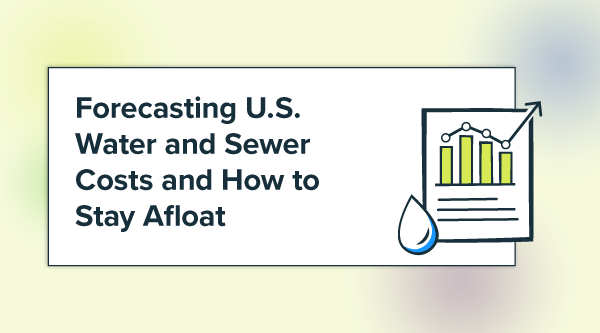IPMVP Options & Protocol
As companies across the world continue to look for ways to cut their energy consumption, the requirement for confidence in these methods has never been of greater importance. Therefore, the measurement & verification of energy savings has become a key requirement of any modern day energy performance related contract. Given the importance of this, an international method of measurement & verification was inevitable, leading to the ‘International Performance Measurement & Verification Protocol’ or more commonly known as IPMVP.
Why IPMVP?
Traditionally, the biggest barrier to the implementation of energy efficiency projects was the uncertainty regarding the estimation of energy savings. This had a profound effect on the willingness of parties to invest the relevant capital required to undertake such projects. In the mid 1990’s a coalition of North America’s leading energy efficiency experts, led by the United States Department of Energy, published the North American Energy Measurement and Verification Protocol (NEMVP).
Later in the decade, this version of the protocol was updated to include measurement and verification methods for water efficiency projects. This then became known as the ‘International Performance Measurement & Verification Protocol’ or IPMVP.
IPMVP was introduced as a guideline methodology by which the energy savings achieved from energy efficiency projects could be measured and verified in a consistent and reliable manner.
What is IPMVP?
IPMVP sets out four different options for determining project savings. The type of option chosen will vary from project to project. They are:
Option A – Retrofit Isolation
This particular option allows for the estimation of a key parameter. A good example of this would be a lighting retrofit, where the power drawn can be measured and the operational hours can be estimated.
NOTE: Any estimates should be agreed by all parties before commencing the project and written into the M&V plan.
Option B – Retrofit Isolation
This differs from Option A as all parameters associated with the energy conservation measure must be measured and cannot be estimated. For example, consider the installation of a variable speed drive. The power drawn as well as the hours of operation will have to be measured in order to determine any energy savings.
Option C – Whole Facility
This approach is taken where the energy use of the whole facility or sub facility e.g. extension area is needed to be measured. A number of independent variables may need to be taken into account such as heating/cooling degree days or production data. Option C is of great benefit where a number of energy conservation measures have been introduced and the overall picture for the facility is required.
Option D – Calibrated Simulation
This approach is taken where no historical data is available i.e. there is no data available for the baseline period. In this case, energy performance for the facility or sub facility is modeled through simulation.
This particular option requires a much more skilled approach, and as a result, is generally more expensive.
Energy Efficiency Obligation Scheme (EEOS)
In accordance with the ‘Energy Efficiency Directive 2012’ there is a legal obligation on EU member states to achieve new energy savings year on year from the period of January 1st 2014 – December 31st 2020. Ireland has implemented the ‘Energy Efficiency Obligation Scheme’ or ‘EEOS’ in response to this. Under the EEOS, all energy sales companies and energy distributors with market sales in Ireland exceeding 600GWh are obliged to achieve a certain level of energy savings, based on their share of the market. According to the EU Directive, “Member states are obliged to put in place measurement, control and verification systems to verify savings by obligated parties.” – Energy Efficiency Directive (2012)
This is where IPMVP comes to the fore as a requirement for the EEOS.
Europe Wide Implementation
As stated, all EU member states are obliged to implement measures in accordance with the ‘Energy Efficiency Directive 2012’, as Ireland has done with EEOS. Other European countries have done similar through various initiatives.
EnergyCAP SmartAnalytics and IPMVP
EnergyCAP Smart Analytics recently launched our IPMVP adherent measurement and verification software tool which can help you to streamline your energy efficiency and conservation projects. Our professionally certified measurement & verification team are working with energy services companies throughout Europe, training them to use our tool and streamline their energy saving projects.
Best-in-class portfolio-level energy and utility bill data management and reporting.
Real-time energy and sustainability analytics for high-performance, net-zero buildings.
A holistic view of financial-grade scope 1, 2, and 3 carbon emissions data across your entire business.
Energy and sustainability benchmarking compliance software designed for utilities.






